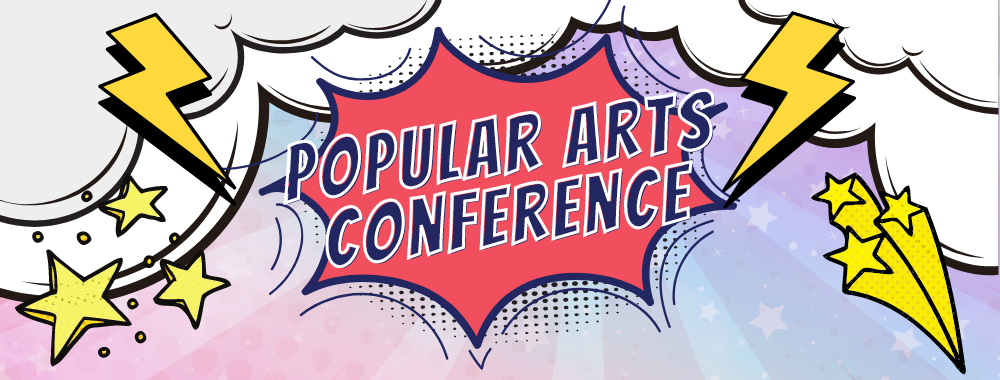Presentation Guidelines
These guidelines can help you think about crafting your proposal for our CFP as well as helping as you prepare and polish up your presentation.
Panel slots at CPAC are generally 60 minutes long, and we always prefer a significant amount of time to be left for audience participation. You and your co-panelists must plan your time accordingly, and there will be moderators at each session to ensure that you proceed in a timely fashion. (See format for particular panels below.)
It is very important for these presentations to keep in mind the audience. While hopefully we will be able to attract a small cadre of scholars, most of the people in attendance will be fans and maybe a few industry professionals with some interest in the themes and ideas we’ll be discussing but little academic experience. While the aim of this conference is to present serious scholarly work on comics and pop culture, and proposals are accepted largely on the basis of scholarly merit, this reality must be taken into account.
We strongly encourage you to prepare a PowerPoint, Keynote, or similar presentation to accompany your talk, and that you not simply read a paper with no visual aids. This is doubly important if you are working on a visual medium like comics or film. That said, things can always go wrong with the A/V. Be prepared for A/V snafus. Bring a handout with copies of your slides or images if you truly need them.
If you are adept at speaking extemporaneously, rather than reading your paper, this would be best. If, however, reading from your notes would help your clarity and concision, please do so. You should be sure when preparing your remarks to keep the non-scholarly audience in mind. To that end, make sure your presentation:
- Focuses on one main point that you can get across to your audience,
- Is clearly and simply worded, with a minimum of florid prose and technical jargon, neither of which does well in a spoken paper,
- Repeats the key points often enough to make sure they stick with the audience, without being so repetitive as to be dull, and
- Makes good use of the visual aspects of the media you’re discussing (if any).
Please dress professionally, business casual, or academic casual. If you wouldn’t feel comfortable wearing it to class or a professional conference, it may not be the right thing to wear. Please do not present in cosplay.
Panel Formats
Your panel will have one of the following formats, which can be gleaned from the draft program:
- Single presenter – In this case, your paper can be about 25-30 minutes long, with the remainder of time left for Q&A.
- Presenter w/ Commenter – This is a format popular at certain types of conferences but that may be unfamiliar in your field. Usually, you provide a draft of your talk that is as complete as possible but also as early as possible to your commentator. They will prepare a formal response to be given after your own paper. It is up to the commentator whether to share the response ahead of time (it is customary courtesy to do so). The panel chair may then give you a few minutes to respond before open Q&A. Timeframe should be: 20 minutes for the talk, 10 minutes for the comments, and 5 minutes for response, with the remaining time for Q&A. (If your session is single presenter and you would prefer this format, please email the organizers.)
- Two presenters – In this case, your paper should be no longer than 20 minutes, with the remaining time at the end of the panel left for Q&A.
- Three presenters – In this case, your paper should be no longer than 15 minutes, with the remaining time at the end of the panel left for Q&A.
- Roundtable or Workshop – A somewhat more informal and participative panel. In this case, the format is largely up to the panel chairs. Those of you on such panels probably know the plan already or we are in the process of working it out.
This are general guidelines, but you’re welcome to contact us and your co-presenters to discuss minor changes to the format.
